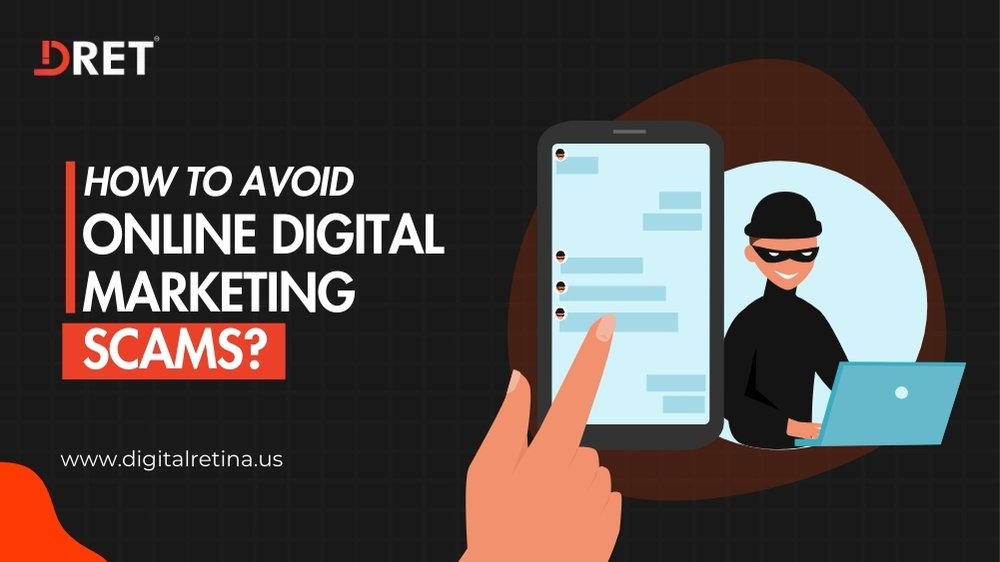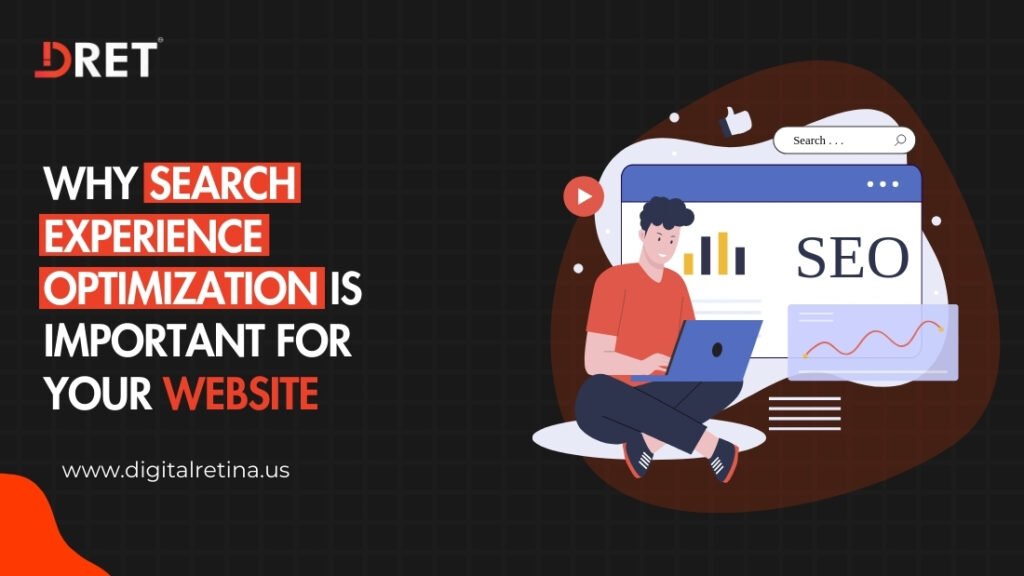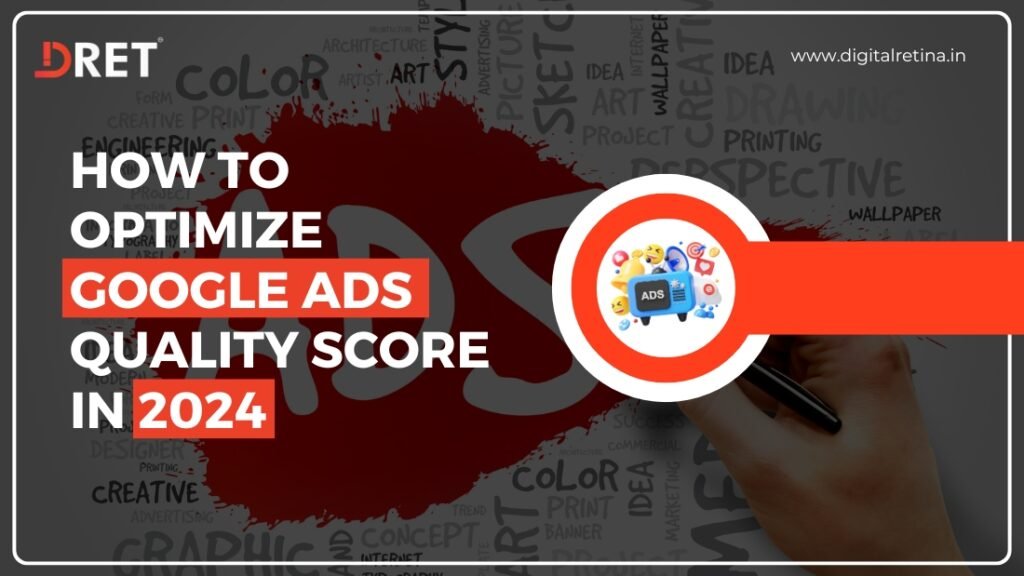6 Ways: How to Start Affiliate Marketing with No Money?
Affiliate marketing presents a great opportunity to earn passive income by promoting products or services and earning commissions for each sale or action. For those looking to dive into this field without an upfront financial commitment, starting affiliate marketing with no initial investment is entirely feasible. This article explores six practical ways to get started, along with essential information on affiliate marketing, including high-ticket affiliate marketing, various types of Partner Marketing, and the best platforms available.
What is Affiliate Marketing?
Affiliate marketing is a performance-based marketing strategy where individuals, known as affiliates, promote products or services from other companies. In return, they earn a commission for each sale or action generated through their referral link. This model allows affiliates to earn income by leveraging their marketing skills without needing to own the products themselves.
What is High-Ticket Affiliate Marketing?
High-ticket affiliate marketing involves promoting high-cost products or services that offer substantial commissions. Unlike lower-priced items that provide smaller payouts, high-ticket items can generate significant earnings per sale. This strategy typically demands advanced marketing techniques and a deeper understanding of your target audience to be effective. While it requires more effort and expertise, the potential financial rewards can be considerable.
Types of Affiliate Marketing
Affiliate marketing encompasses several models, each offering unique ways to earn commissions. Understanding these types can help you choose the best strategy for your goals.
Pay-Per-Sale (PPS)
The Pay-Per-Sale model is one of the most common in affiliate marketing. In this model, affiliates earn a commission when a customer makes a purchase through their referral link. This approach is straightforward: you promote products or services, and you earn money only when the sale is completed. It aligns the interests of both the affiliate and the merchant, as the affiliate’s earnings depend directly on successful transactions.
Pay-Per-Click (PPC)
With the Pay-Per-Click model, affiliates earn money based on the number of clicks their referral links receive, regardless of whether a sale is made. This model is focused on driving traffic rather than converting sales. Affiliates are paid a set amount for each click, making it easier to earn commissions even if the referred visitors do not complete a purchase. This model is often used when the goal is to generate leads or increase website traffic.
Pay-Per-Lead (PPL)
Pay-Per-Lead is a model where affiliates earn a commission when a referred customer takes a specific action, such as signing up for a newsletter or filling out a form. Unlike the Pay-Per-Sale model, where a purchase is necessary, Pay-Per-Lead focuses on generating potential leads or contacts for the business. This type is beneficial for services or products that require users to engage with the brand before making a purchasing decision.
Two-Tier Affiliate Marketing
Two-tier affiliate Marketing expands the earning potential by including not just direct referrals but also the referrals of those you bring into the program. In this model, you earn commissions from your own sales and additional commissions from sales made by affiliates you have recruited. This creates an opportunity for residual income and encourages affiliates to build and manage their own network of partners.
Each type of affiliate marketing offers distinct benefits and may suit different strategies and goals. Whether you are focused on making sales, driving traffic, generating leads, or building a network, understanding these models can help you maximize your earnings and align your efforts with your business objectives.
How to Start Affiliate Marketing with No Money in the USA?
Choose a Niche: Select a niche that interests you and has a demand for products or services. A well-defined niche helps you target a specific audience effectively.
Join Affiliate Programs: Many affiliate programs are free to join. Look for reputable programs that offer competitive commissions and align with your chosen niche.
Create a Blog or Website: Use free or low-cost platforms to create a blog or website where you can publish content and promote affiliate products. Platforms like WordPress.com and Wix offer free plans to get started.
Utilize Social Media: Leverage social media platforms to reach a broader audience. Share valuable content and affiliate links on platforms like Facebook, Instagram, and Twitter to drive traffic and generate sales.
Leverage Email Marketing: Build an email list by offering free value through content or lead magnets. Use email marketing to promote affiliate products to your subscribers.
Optimize for SEO: Focus on search engine optimization to attract organic traffic to your content. Research relevant keywords, including Partner Marketing,” and integrate them naturally into your posts to improve visibility.
Conclusion
User experience is a critical factor in the success of digital marketing strategies. By prioritizing UX, businesses can boost conversions, build brand loyalty, enhance customer satisfaction, improve SEO rankings, reduce bounce rates, and encourage social sharing. In the competitive world of digital marketing, a positive UX can be the key to standing out and achieving long-term success. Invest in creating an exceptional user experience, and watch your digital marketing efforts thrive.
Transform your digital presence with Digital Retina. We specialize in custom web and app development, e-commerce solutions, UI/UX design, and beyond. Let’s innovate for your digital success!
More Interesting Posts

How to Avoid Online Digital Marketing Scams?

Google LSA Vs. Google Ads: What’s the Difference?

What is Search Experience Optimization (SXO)?


